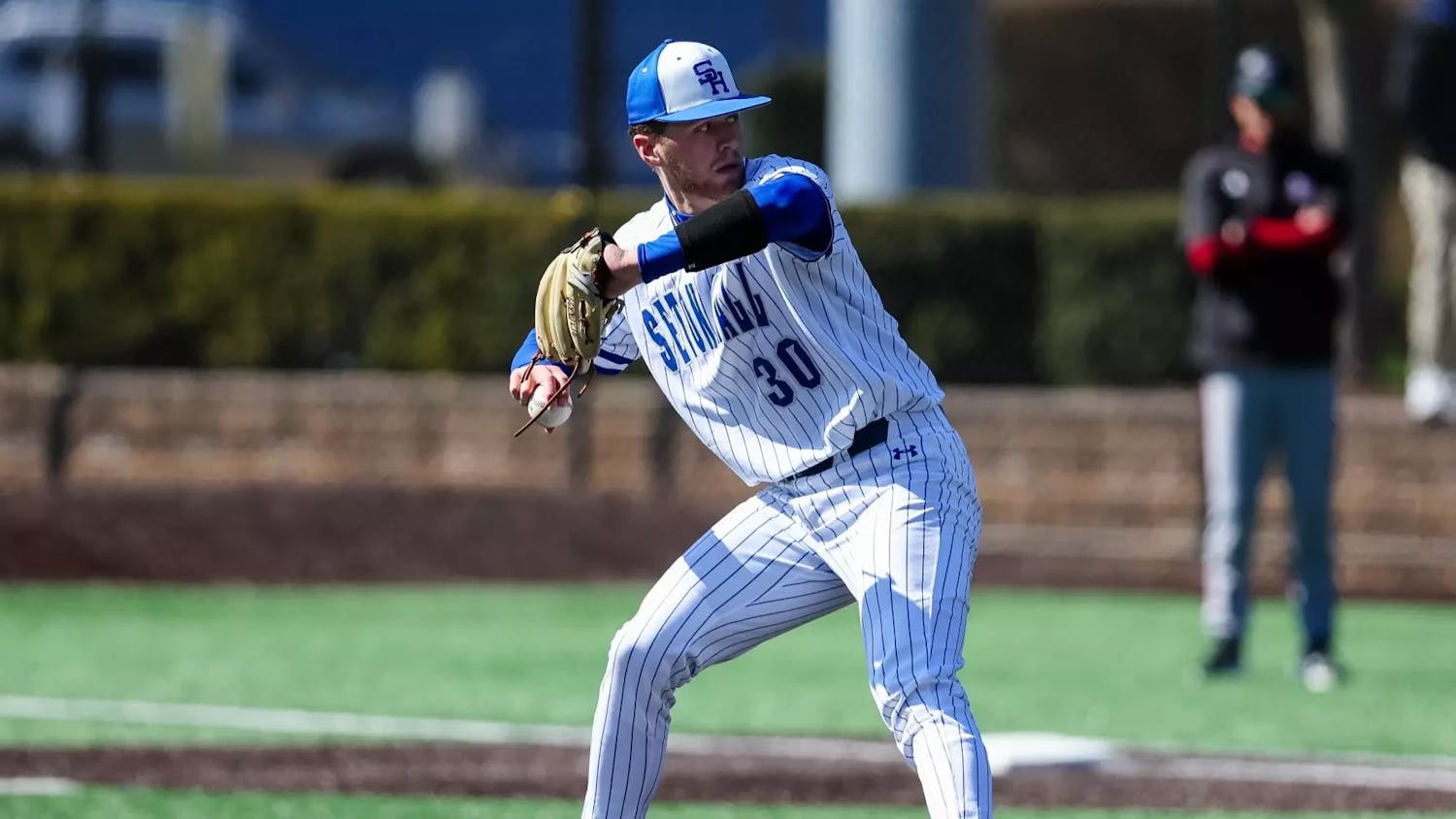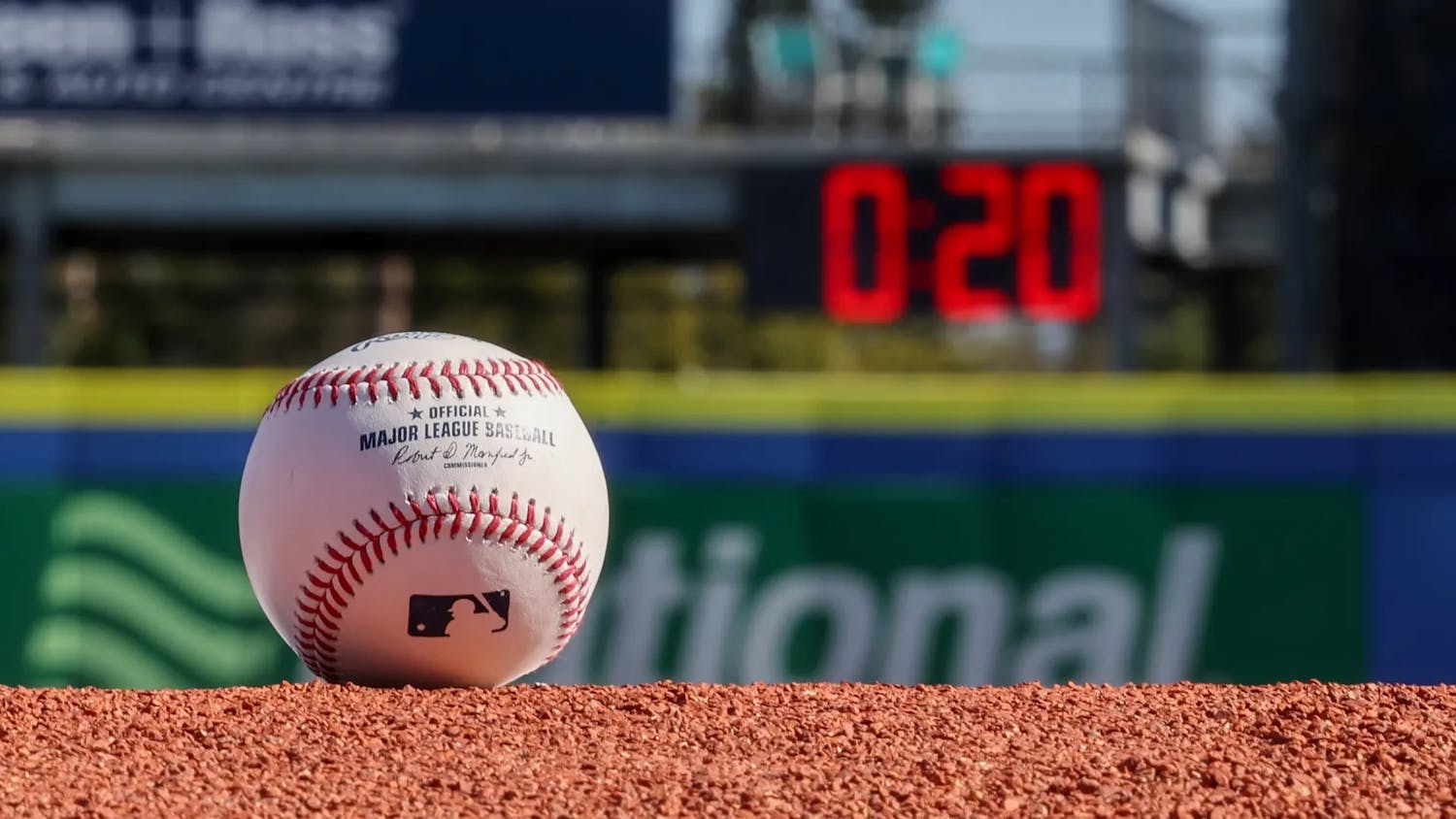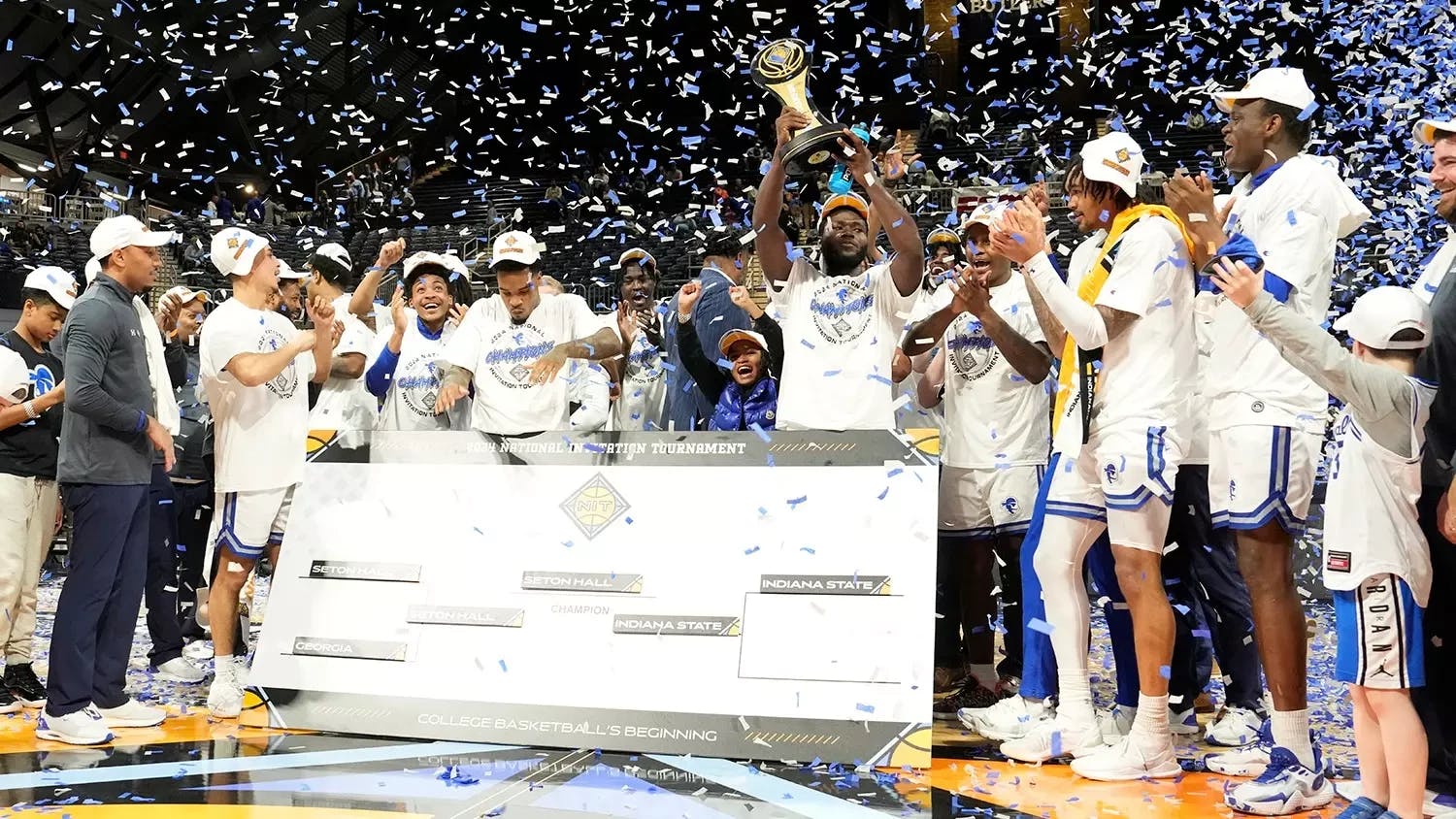As relevant as college football and basketball are to the world of college sports, eSports, or electronic sports, is quickly becoming one of the most influential and relevant branches of college athletics.
In many facets, the scale and strength of college eSports is already impressive, as Rolling Stone notes that the market as a whole, both professional and collegiate, generated nearly $700 million in revenue and an audience of almost 400 million people in 2017. These numbers cannot be attached to just any kind of fad or trend that is destined to die out, but they are telling of a brand that is bound to stick around.
[caption id="attachment_22547" align="aligncenter" width="300"] Photo via Wikimedia Commons[/caption]
The most popular video games involved in eSports include League of Legends, Rocket League and FIFA, among others.
Its growth does not just lie on the consumer and revenue side, but also in the content and competition from colleges and universities. Dozens of colleges have started to support eSports teams, with the Big East being one and the National Association of Collegiate eSports having affiliation with more than 60 varsity eSports programs as of this year.
Many schools may be influenced by the chance to have their name and brand showcased at these regional, national and sometimes even televised eSports events, which have sometimes been picked up by broadcasting companies like ESPN and Turner.
With mainstream linear television exposure comes relevance in the business side of sports. This heightened importance has led to veterans in the field, like executive director of the Fiesta Bowl, Mike Nealy, to become invested in eSports.
After a discussion with eSports consultant John Pierce, Nealy went to Blizzard, the gaming studio that created Overwatch, and organized for the Fiesta Bowl to host the Overwatch Collegiate Championship, where players competed and also volunteered with the local Boys and Girls Club.
The eSports players were treated just like the football players who have frequented the Fiesta Bowl for years, and Nealy’s appreciation for these eSports athletes has grown tremendously from this experience.
While eSports is building momentum in a variety of ways, it is being held back by an important incentive.
Primarily, scholarships in eSports fall short in comparison to many other college sports. eSports scholarships have been reported to dole out $20,000 at the highest, but most fall between $2,000 and $5,000, according to TNL Media.
This is a fraction of what many schools are giving in most other sports, and would provide a weaker incentive for collegiate eSports players to put time and effort into perfecting their craft and competing at a high level.
Colleges and universities will need to either increase scholarship allocations or find new ways to entice players to commit to competing in eSports at the collegiate level.
This could be rooted in the advertisers and sponsors of eSports. Many of these companies involved in advertising are not just sellers of computer-related, like Intel, but also brands like Coca-Cola and T-Mobile.
eSports is no longer under the radar and colleges will progressively continue to adapt eSports at varying levels until it becomes completely assimilated into college sports.
For the smoothest transition, it is in the hands of universities and colleges to present the best incentives and opportunities for eSports athletes to foster growth in the most valuable component of the sport, the quality of the athletes.
Kyle Kasharian is a business major from Green, N.J. He can be reached at kyle.kasharian@student.shu.edu or on Twitter @ItsKyleKash.
Photo via Wikimedia Commons[/caption]
The most popular video games involved in eSports include League of Legends, Rocket League and FIFA, among others.
Its growth does not just lie on the consumer and revenue side, but also in the content and competition from colleges and universities. Dozens of colleges have started to support eSports teams, with the Big East being one and the National Association of Collegiate eSports having affiliation with more than 60 varsity eSports programs as of this year.
Many schools may be influenced by the chance to have their name and brand showcased at these regional, national and sometimes even televised eSports events, which have sometimes been picked up by broadcasting companies like ESPN and Turner.
With mainstream linear television exposure comes relevance in the business side of sports. This heightened importance has led to veterans in the field, like executive director of the Fiesta Bowl, Mike Nealy, to become invested in eSports.
After a discussion with eSports consultant John Pierce, Nealy went to Blizzard, the gaming studio that created Overwatch, and organized for the Fiesta Bowl to host the Overwatch Collegiate Championship, where players competed and also volunteered with the local Boys and Girls Club.
The eSports players were treated just like the football players who have frequented the Fiesta Bowl for years, and Nealy’s appreciation for these eSports athletes has grown tremendously from this experience.
While eSports is building momentum in a variety of ways, it is being held back by an important incentive.
Primarily, scholarships in eSports fall short in comparison to many other college sports. eSports scholarships have been reported to dole out $20,000 at the highest, but most fall between $2,000 and $5,000, according to TNL Media.
This is a fraction of what many schools are giving in most other sports, and would provide a weaker incentive for collegiate eSports players to put time and effort into perfecting their craft and competing at a high level.
Colleges and universities will need to either increase scholarship allocations or find new ways to entice players to commit to competing in eSports at the collegiate level.
This could be rooted in the advertisers and sponsors of eSports. Many of these companies involved in advertising are not just sellers of computer-related, like Intel, but also brands like Coca-Cola and T-Mobile.
eSports is no longer under the radar and colleges will progressively continue to adapt eSports at varying levels until it becomes completely assimilated into college sports.
For the smoothest transition, it is in the hands of universities and colleges to present the best incentives and opportunities for eSports athletes to foster growth in the most valuable component of the sport, the quality of the athletes.
Kyle Kasharian is a business major from Green, N.J. He can be reached at kyle.kasharian@student.shu.edu or on Twitter @ItsKyleKash.

Comments




